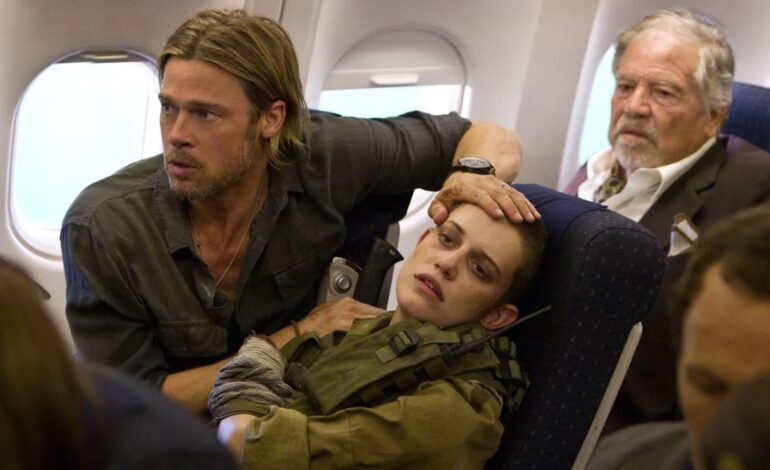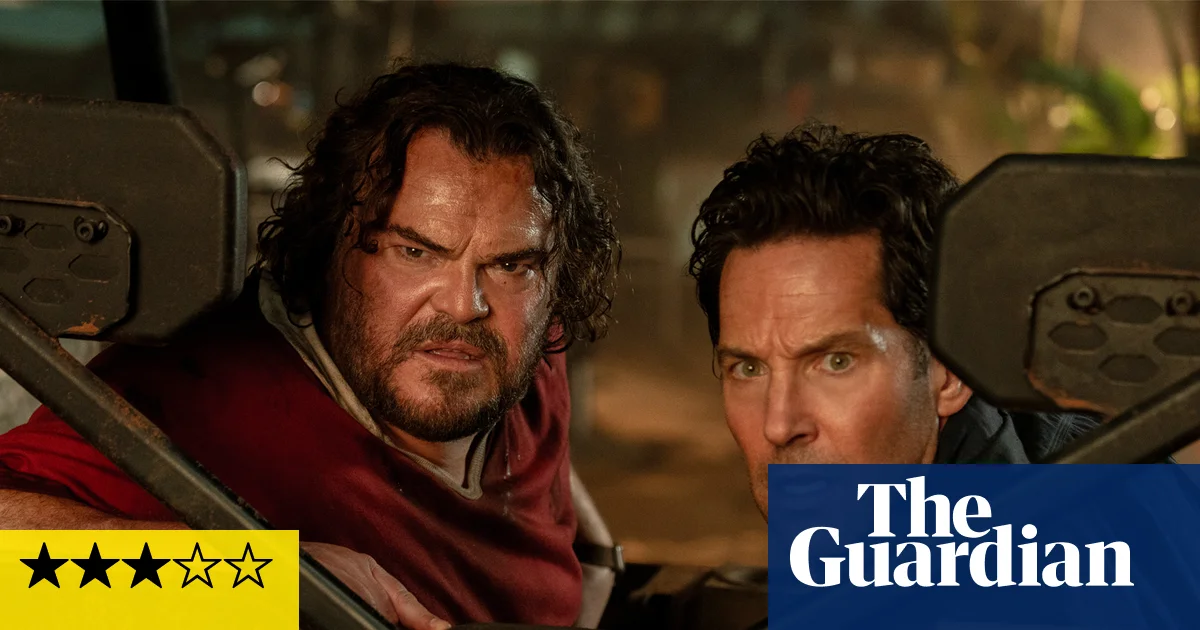World War Z: Three Reasons It Remains a Zombie Cinema Classic

Paramount Pictures has reignited interest in the zombie genre by indicating openness to a sequel for World War Z, the acclaimed 2013 film starring Brad Pitt. Despite the challenges that have hindered the continuation of Gerry Lane’s story, the announcement has prompted fans to reflect on the film’s standout moments that solidify its status as one of the best in the genre.
Engaging from the Start
Unlike many of its predecessors, World War Z immerses viewers in the chaos of a zombie outbreak almost immediately. The film opens with Gerry Lane and his family navigating the streets of Philadelphia, where violence erupts as citizens turn into aggressive undead. The urgency escalates as the family seizes an RV to escape the pandemonium. Gerry’s background as a former investigator for the United Nations adds depth to his character, as he is compelled to seek solutions to protect his loved ones.
When the military offers sanctuary on a ship, Gerry faces a harsh ultimatum—his family will be expelled if he refuses to assist in investigating the virus. This pressure intensifies the stakes not just for Gerry but for everyone aboard, creating a gripping narrative that keeps audiences on edge.
Innovative Zombie Portrayal
The zombies in World War Z are characterized by a frighteningly aggressive nature. They are relentless in their pursuit of healthy hosts, showcasing a level of horror that differentiates them from typical portrayals in other films. The film’s tension heightens when Gerry arrives in Jerusalem, a city that initially appeared to have successfully prepared for the outbreak. However, the zombies’ ability to work in unison leads to a dramatic breach, causing widespread chaos.
The sequence where the undead form a tower to leap over city walls is a stark contrast to the stumbling, slow-moving zombies often depicted in horror comedies. This depiction emphasizes the existential threat they pose, reinforcing the film’s persistent tension.
A Realistic Conclusion
As Gerry navigates the dangers, he boards a plane that ultimately crashes due to a zombie onboard. Despite this setback, he reaches a World Health Organization facility in Wales, where he formulates a theory regarding the zombies’ behavior. Gerry hypothesizes that they avoid terminally ill individuals—deeming them “tainted meat.” Testing this theory, he injects himself with a disease, demonstrating the lengths he will go to find a solution.
While a vaccine is quickly developed following his findings, the film concludes with an acknowledgement that the battle is far from over. This open-ended finish is a refreshing departure from typical narratives that tie up every loose end, leaving audiences contemplating the ongoing struggle.
The discussion surrounding a potential sequel to World War Z serves as a reminder of the film’s lasting impact on the zombie genre. With its unique approach to storytelling, intense character stakes, and innovative zombie action, it continues to resonate with both fans and newcomers alike. As the genre evolves, World War Z stands as a testament to the enduring appeal of zombie narratives in cinema.





